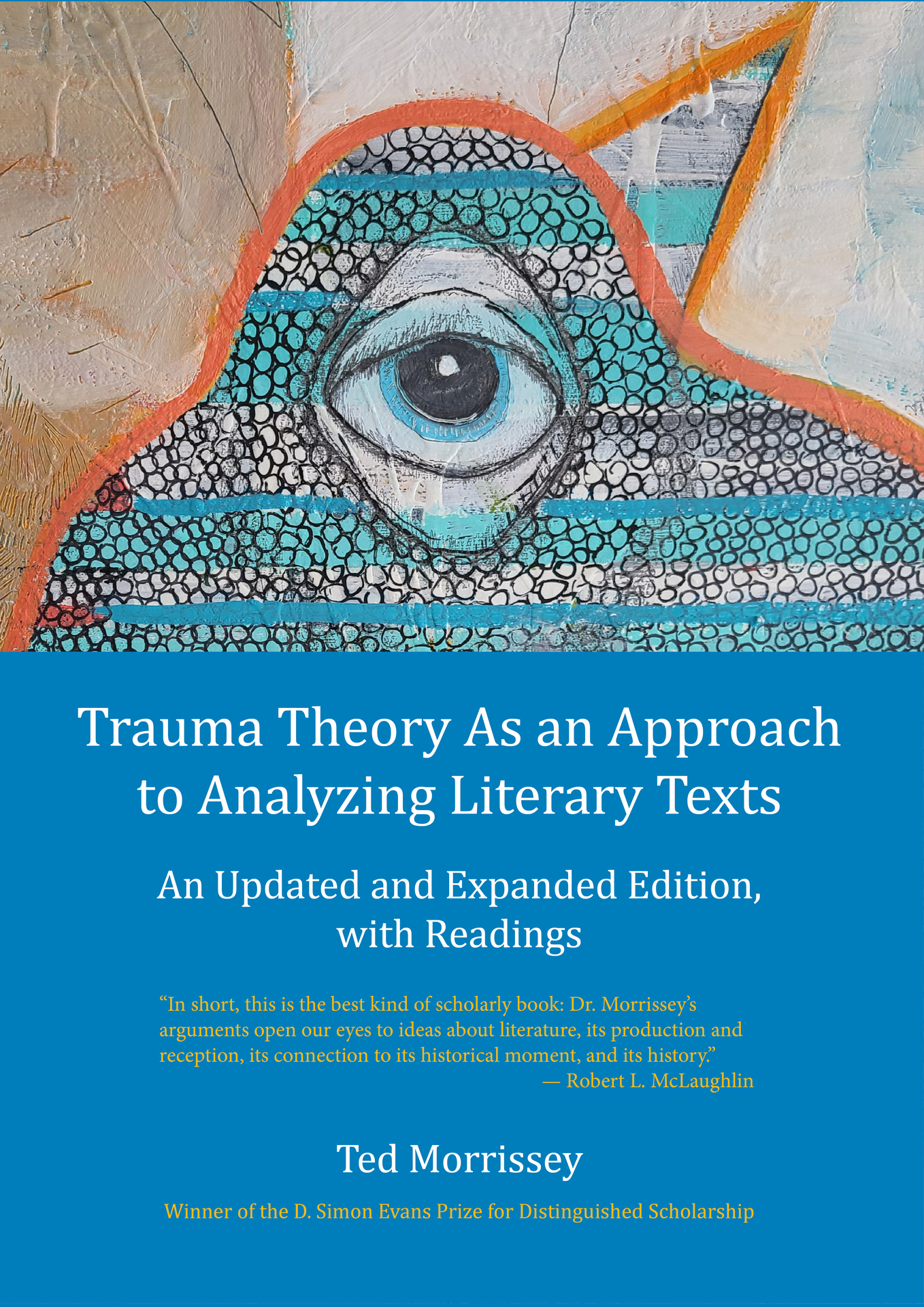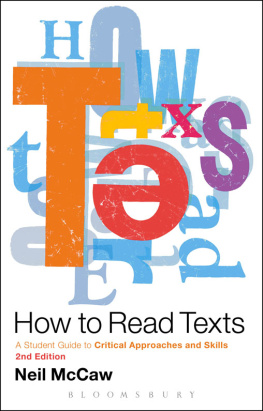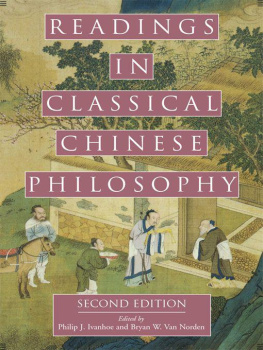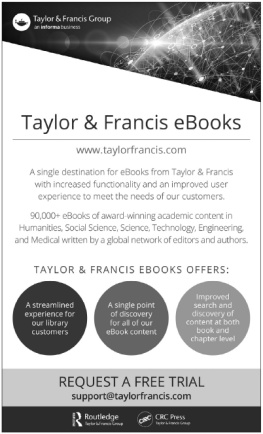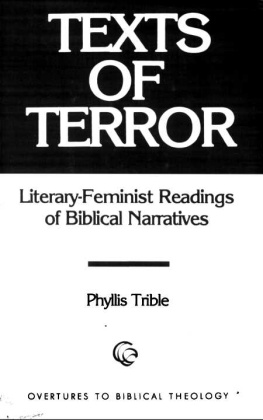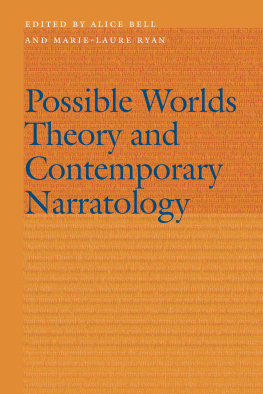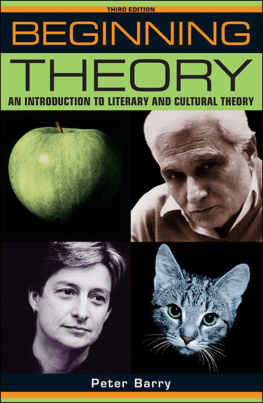Trauma Theory As an Approach to Analyzing Literary Texts
An Updated and Expanded Edition,
with Readings
Ted Morrissey
Published by Twelve Winters Press / twelvewinters.com
Copyright 2021 Ted Morrissey. All Rights Reserved.
See the end of the book for further credits, disclaimers, acknowledgments and about the author.
This digital book designed by the author.
To Bob McLaughlin,
my last and greatest teacher
Contents
Foreword by Robert L. McLaughlin
Introduction by the Author
Chapter 1
The Correlation between Trauma and Literature
Trauma and Psychoanalysis
The Power of Language
Group Psychology
The Development of Civilization
Transmission of Mood
Jacques Lacan and imago
PTSD and Collective Trauma
Narrative Memory and Traumatic Memory
The Unreliability of Traumatic Memory
Chapter 2
The Postmodern Voice
Literary Postmodernism
Defining a Postmodern Text
Characteristics of the Traumatized Voice
Intertextuality and Postmodern Language
Repetition and Its Many Forms
The Dispersed or Fragmented Voice
The Search for Powerful Language
Language and Trauma
Trauma and Postmodernism
Chapter 3
Twentieth-Century Trauma Culture
Birth of the Atomic Age
The Measured Self and the Apocalyptic Self
Post-Hiroshima America
Trauma Cultures Otherworldliness
Daily Reminders of Armageddon
The U.S. as a Posttraumatic Culture
The History of World-Destroying Technologies
Chapter 4
Anglo-Saxon Trauma Culture
Anglo-Saxon Culture
Literacy in the Anglo-Saxon Period
Textual Communities and Anglo-Saxon Literature
The Mootness of the Dating Controversy
Violence in Anglo-Saxon England
Monastic Life in Anglo-Saxon England
Further Documentary Evidence
Living Conditions in Anglo-Saxon England
Anglo-Saxon Medicine and Medical Procedures
Anglo-Saxon Posttraumatic Stress
PTSDs Effects on Anglo-Saxon Culture
Chapter 5
Beowulf as Postmodern Trauma Text
Postmodern Characteristics of Beowulf
The Beowulf Poets Intertextuality
Repetition in Beowulf
Narrative Structure and Repetition
The Poets Fragmented Narration
The Magical Language of Beowulf
The Psychic Origins of Creativity
Chapter 6
Twentieth-Century Postmodern Literature
Trauma Theory and Postmodern Style
Development of Apocalyptic Temper
The Fiction of William H. Gass
In the Heart of Postmodernism
Gasss The Pedersen Kid
Further Gass Fictions
Omensetters Luck and the Atomic Age
Cultural Trauma and The Tunnel
The Founding Fathers of
American Postmodernism
Literary Chaos Theory
White Males and Postmodernism
Chapter 7
Pedagogical Implications and Conclusions
Other Trauma Texts
Classroom Practices
A Critical-Rhetoric Model
Implications for Writing Classrooms
The Case for Trauma Writing
Counterproductivity and Trauma Writing
Teaching Practices for Trauma Writing
Creative Nonfiction vs. the Personal Essay
Pedagogical Implications and
the Call for Further Research
Bibliography
Readings
In the Heart of the Heart of the Cold War
William H. Gasss Very Cold Winter
The Trauma of Alcohol Abuse
Locating Our Common Humanity
through Expressive Writing
Foreword
This book sheds new light on a problem that has bedeviled scholars of contemporary literature for many years. While struggling through the 1970s and 1980s to define a cultural movement that by its own terms resisted definitions of any kind and then in the 1990s and twenty-first century arguing whether the movement was over and, if so, when it ended, we have been flummoxed by the persistent, annoying, but very good question: If postmodern literature is a manifestation of the cultural anxieties of the second half of the twentieth century, then why do so many earlier texts, some of them hundreds of years earlier, look so darn postmodern? If the intertextual deconstructions of Kathy Ackers Empire of the Senseless are postmodern, why shouldnt those of The Canterbury Tales be? If the carnivalesque excesses of Thomas Pynchons Gravitys Rainbow are postmodern, why shouldnt those of Gargantua and Pantagruel be? If the self-referentiality of John Barths Coming Soon!!! is postmodern, why shouldnt that of Tristram Shandy be? If the blurring of fact and fiction in Robert Coovers The Public Burning is postmodern, why shouldnt that in Don Quixote be? Put another way, whats special about the literature of the second half of the twentieth century that its postmodernism is different from whats manifested in the earlier texts I mentioned? Put yet another way, what common cause, existing across centuries, inspired authors to write in similar intertextual, carnivalesque, self-referential, and boundary-blurring ways?
In this book, Ted Morrissey has chosen to pursue the last question, looking for the causes of postmodern literature. What was in the air, so to speak, at the specific times when authors produced literature that looked postmodern? Is there some way in which we can say they were the products of a similar zeitgeist? In pursuit of these questions, Dr. Morrissey conducts a liminal analysis, nimbly working the lines between present and past, psychology and art, unconscious and conscious, individual consciousness and collective consciousness, and instinct and craft. His argument begins with the similarity between certain narrative characteristics we associate with postmodern literature and characteristics that are often found in the stories of people suffering from Post-Traumatic Stress Disorder. Is it possible, he asks, that entire cultures can suffer from PTSD, the result of a societally shared traumatic experience? Could the literature that we recognize as seemingly postmodern be a manifestation of a cultures attempting to articulate its trauma, to restore some kind of order to a shattered collective consciousness? It is and it could, according to Dr. Morrissey, and in what follows you will see the careful case he makes, using Beowulf and the fiction of William H. Gass as his main case studies. The results are revelatory.
I have spent less time with psychological theory than Dr. Morrissey, but my own ideas on these questions resonate with his. My work on postmodern literature, indeed on literature in general, has been greatly influenced by the work of Mikhail Bakhtin, the eccentric but brilliant Russian theorist of the novel. Bakhtin argues that language, on the micro level, and society, on the macro level, exist in the tension between centripetal and centrifugal forces. Centripetal forces are connected with unity, centrality, contained totality. Centrifugal forces are connected with diversity, plurality, multiplicity. When centripetal forces are dominant, art is limited to the single-voiced expression of the cultures official discourse and ideology is totalitarian. When centrifugal forces are dominant, art is expressed through multiple voices in dialogue and ideology is pluralized and consensus-based. It is in such times that the novel as a genre flourishes: Bakhtin defines the novel by its multivoicedness, what he calls polyglossia and heteroglossia. That is, the novels ability to mean comes from the many voices, discourses, each of which represents an ideological belief system, that it brings together in dialogue. The multiple discourses each claims to represent the truth, but, by the very act of entering into dialogue, finds its truth claims subverted, and must rally to defend them. Thus the novels language as language, discourses as discourse, and narratives as narrative are self-referentially foregrounded. In other words, the novel is always about itself and its attempts to represent the world through language. This self-referentialty is, to me, central to anything we call postmodern.

